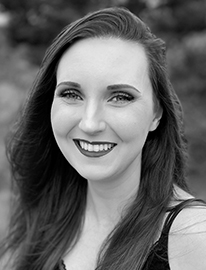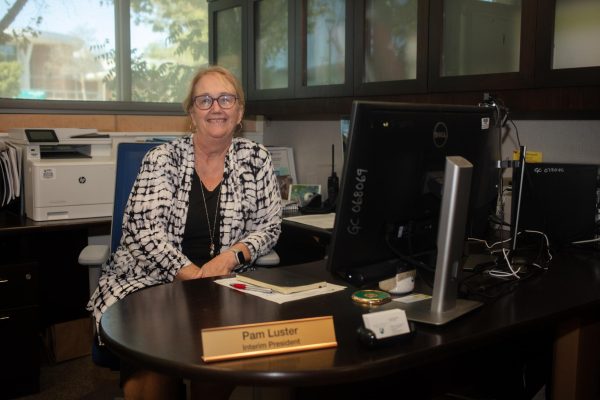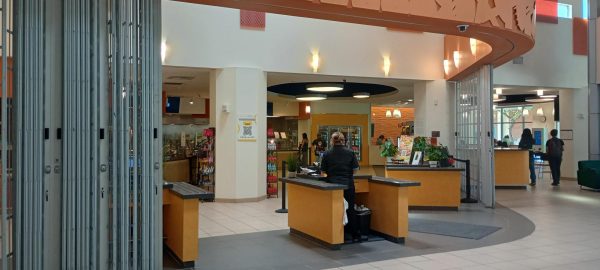‘Tis the Season for SADness
A look at Seasonal Affective Disorder.
November 14, 2021
Many psychological conditions have acronyms for their names, like MDD (Major Depressive Disorder,) or GAD (Generalized Anxiety Disorder.) However, none are quite as fitting as SAD, which stands for Seasonal Affective Disorder.
Seasonal Affective Disorder is a type of depression occurring during the winter months, linked to the shorter days and lack of sunlight. According to the National Institute of Mental Health, “SAD is not considered a separate disorder but is a type of depression characterized by its recurrent seasonal pattern, with symptoms lasting about 4 to 5 months per year.”
Symptoms include fatigue, change in sleep patterns, loss of interest in hobbies, decrease in focus, weight gain, and withdrawal from social activities. The disorder is common among people living far north where there is very little sunlight, but can affect people from all locations when the seasons change.
It’s difficult to discern exactly when SAD may be setting in. In an interview with the American Psychological Association, Dr. Kelly Rohan, a clinical psychologist, described the beginning stages of SAD: “The end of daylight savings, which takes place in early November, is a pretty big cue that seems to set off the cascade of symptoms.
“No two people with SAD are exactly the same in terms of the timing of the symptoms, but I would say October tends to be a window where the first early onset symptoms start occurring,” Rohan continued. “Then they pick up momentum in November, with a lot more symptoms in December.”
One of the most common treatments for SAD is light therapy. Known as “sun lamps” or “SAD lamps,” these very bright lights are built to mimic natural sunlight. Light therapy has been used since the 1980s and has only become more popular over the years. The lamps used to be found only through prescription or high-end electronics stores, but can now be bought on Amazon or at retailers like Bed Bath & Beyond. The recommended minimum strength to help treat SAD is 10,000 lux. Other treatments include Vitamin D supplements and antidepressants.
The disorder affects about 5% of people in the United States, and 10% to 20% percent of people with a preexisting form of depression. Although SAD is not directly inherited from parents, studies show that 25% to 55% percent of people with the condition have a relative with some form of a mood disorder.
“We don’t know what causes SAD,” Rohan said. “We’ve only been researching this as a recognized mental health diagnosis since the mid-1980s. It’s not too surprising that we haven’t figured out what causes seasonal depression yet.
“Probably, the leading theory or best educated guess about what causes Seasonal Affective Disorder is the hypothesis that it’s a slow running biological clock in response to the later dawns that occur, specifically during the winter months,” Rohan added.
If you are really struggling to make it through the holidays, it might be more than just winter blues. Talking with a mental health specialist may help you through the more difficult times of the year.
If you are experiencing life-threatening symptoms of depression, please call 9-1-1 or visit your local emergency room.













